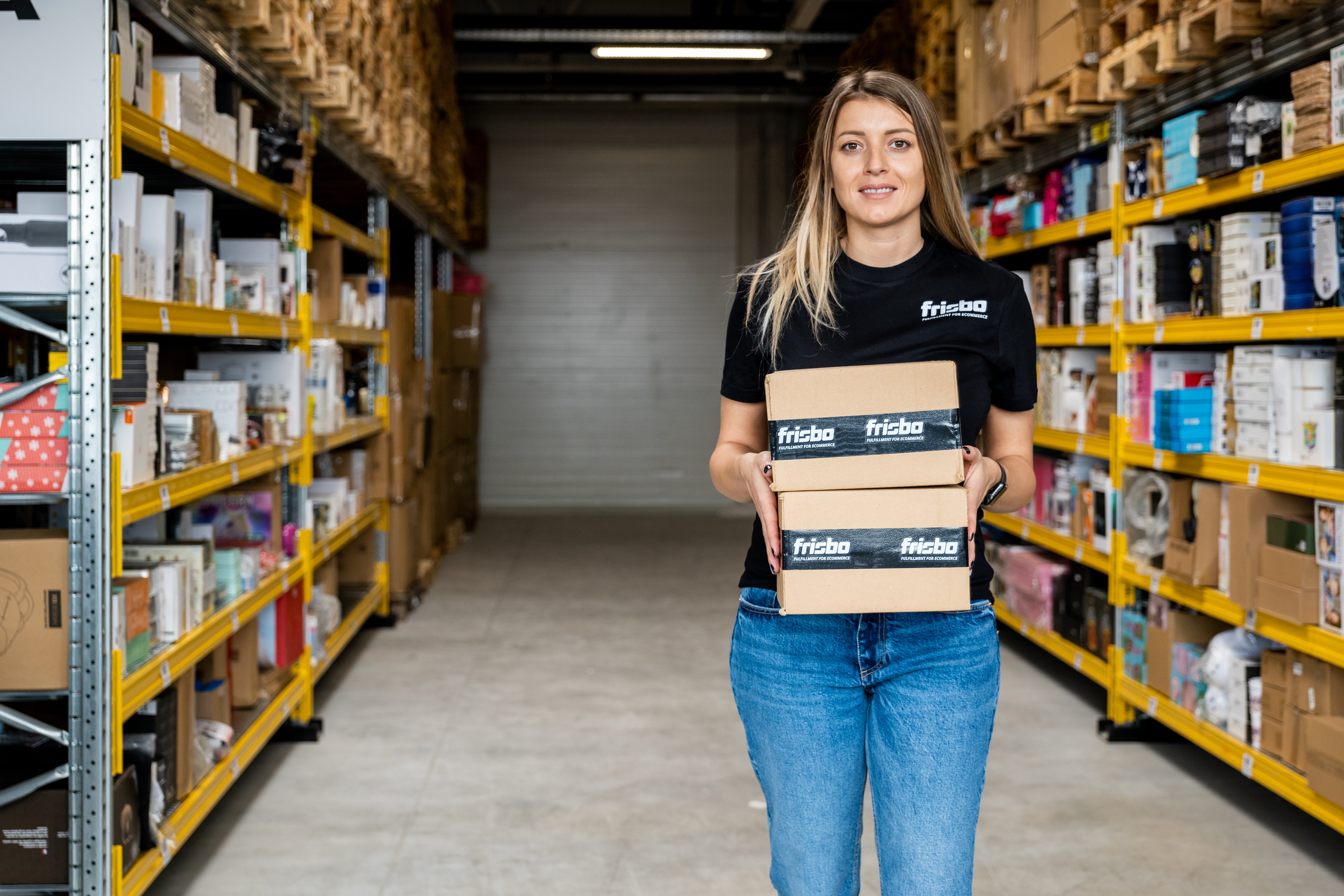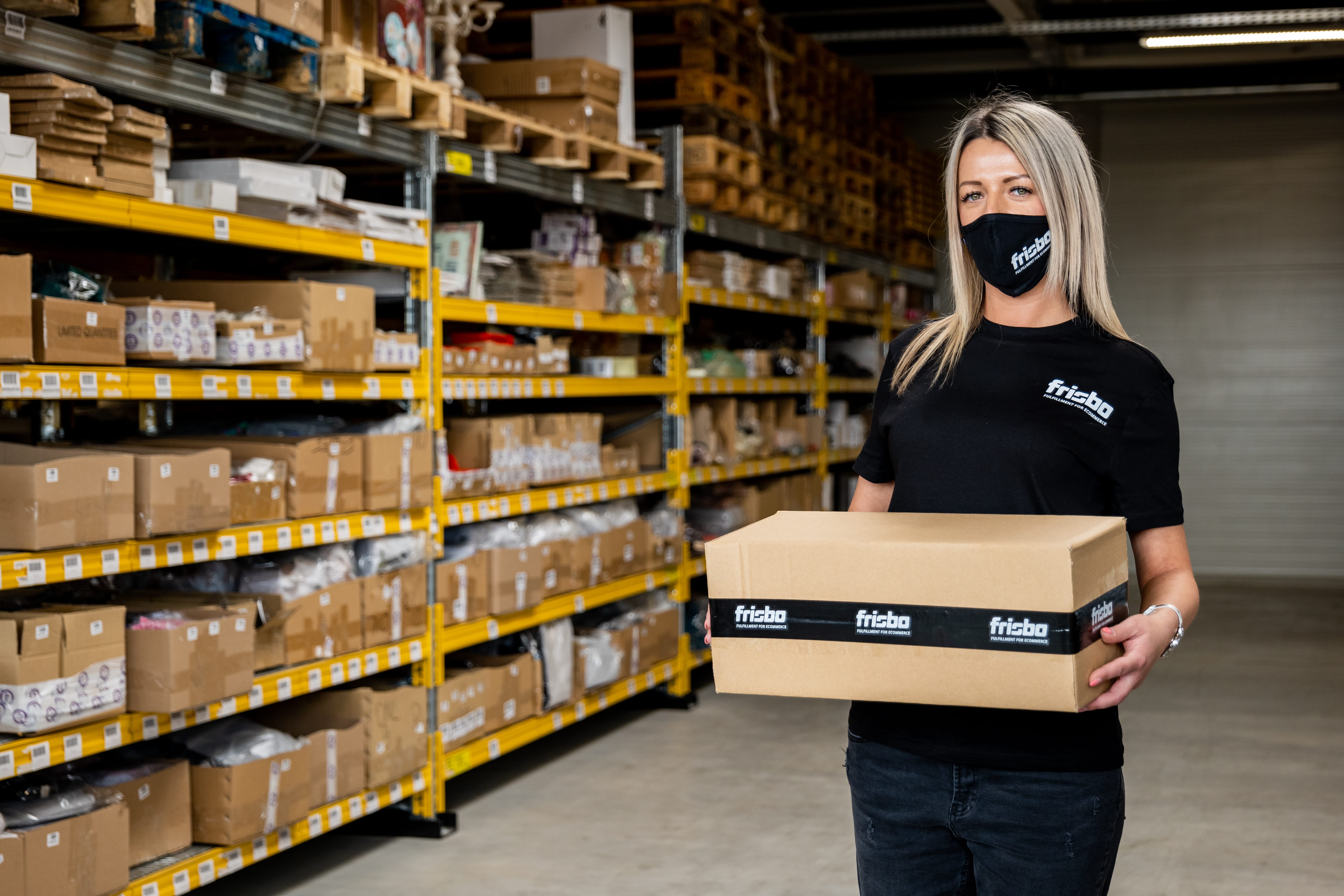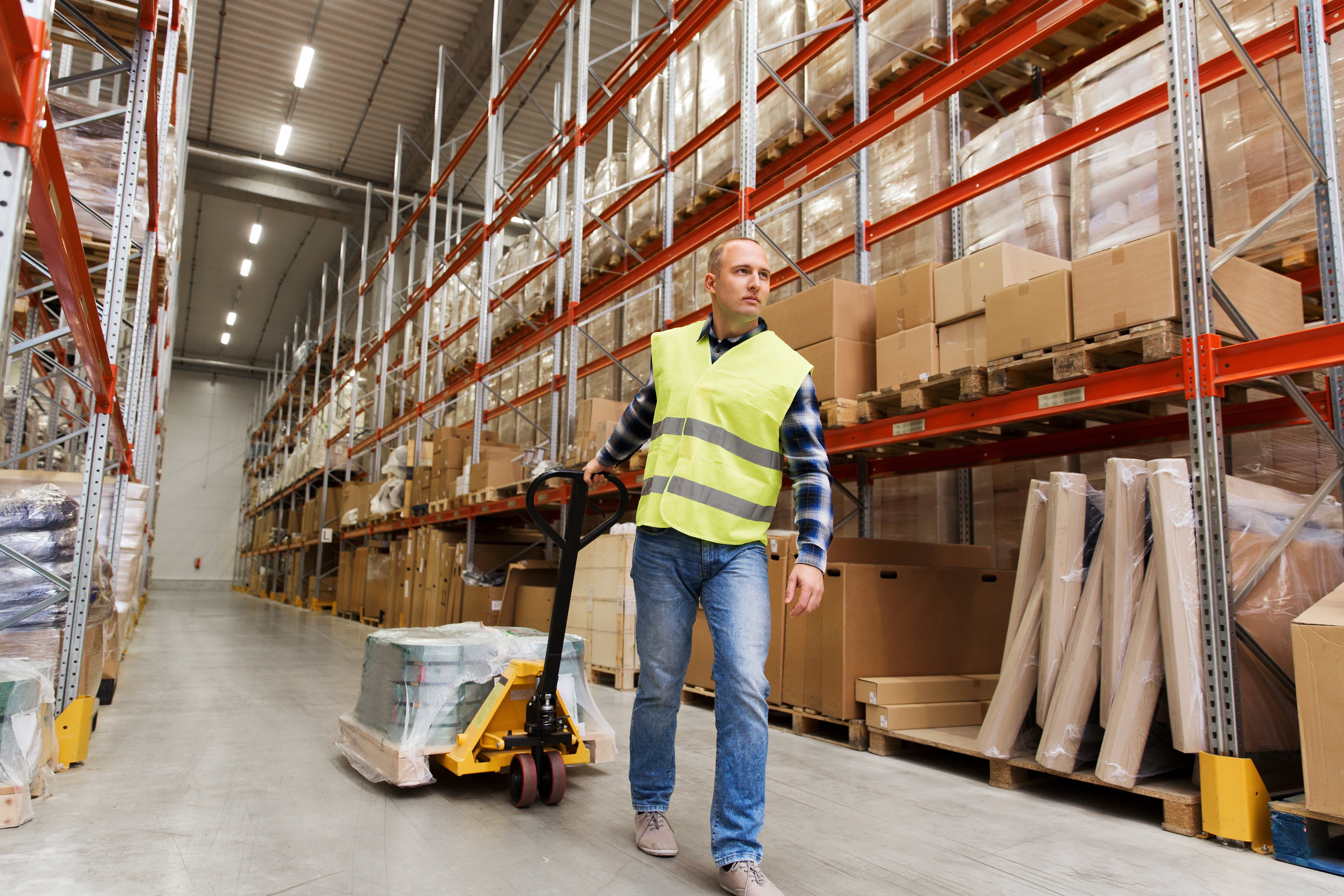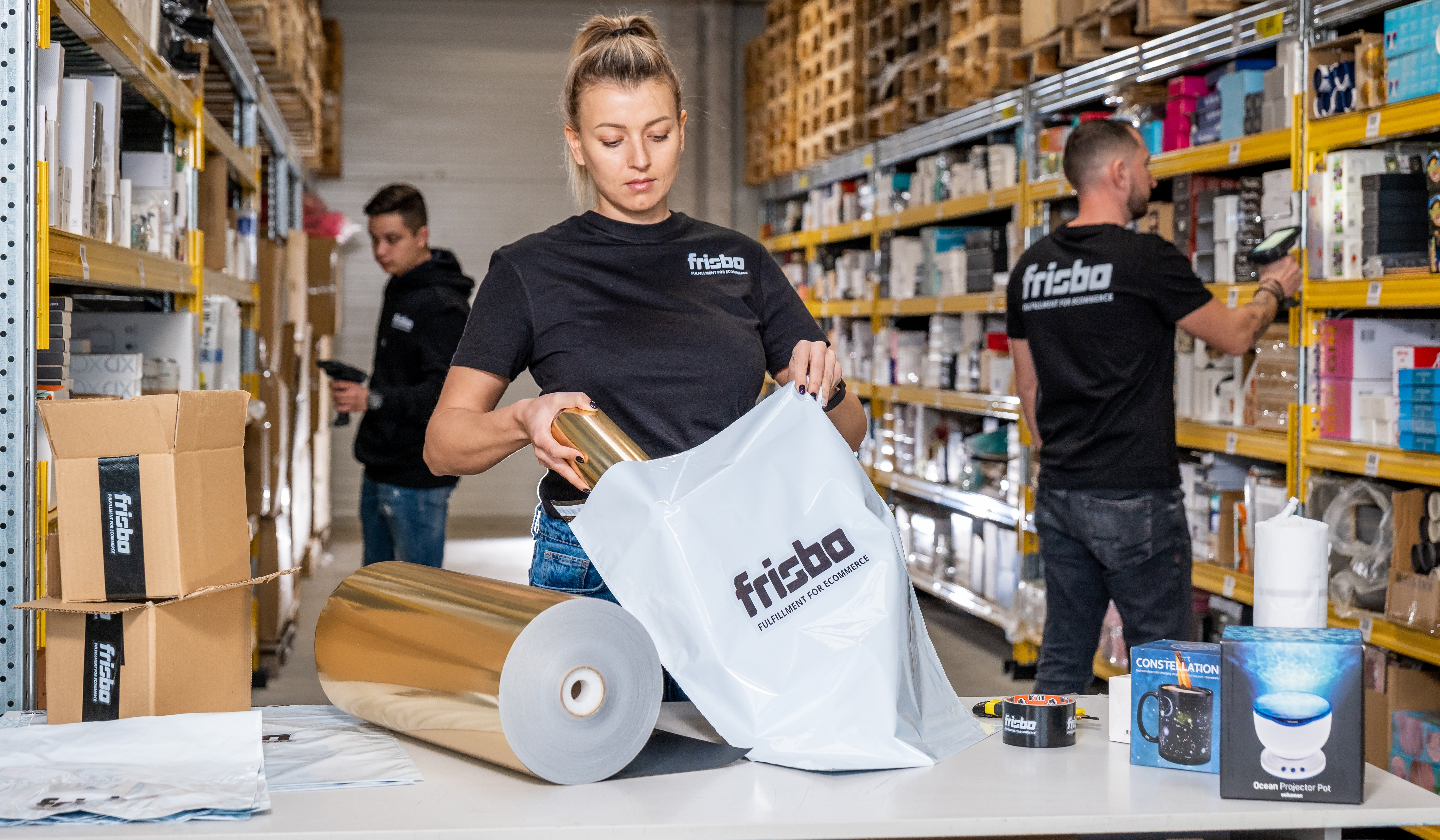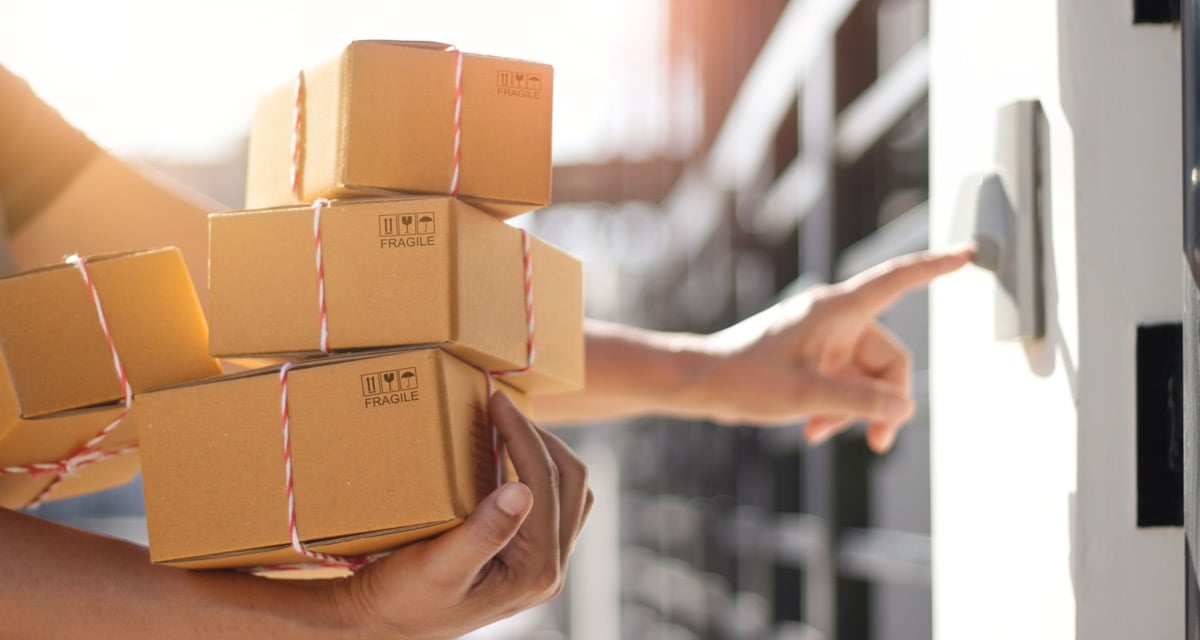When you’re thinking about launching an e-commerce business, you have several options to choose from, primarily regarding sales and logistics models. Today, online stores frequently operate in the dropshipping model. Others decide to go for fulfillment. In this article, we are going to compare these two models. What do you need to know about them?
Yes, we know that–fulfillment and dropshipping cannot be compared directly. The first one is purely a logistics model, while the latter revolves around sales strategy. However, as you will shortly see for yourself, both fulfillment and dropshipping have a lot in common! Let’s get to it.
What do you need to know about dropshipping?
Dropshipping is a common e-commerce business model. One of its great upsides is that it allows you to start a business quickly without large investments. In fact, all you need is a website with an online store. In this model, your store sells products that you don’t have physically in your warehouse. How is that possible? When a customer places an order, you direct it to your supplier/distributor, and they are responsible for shipping it to the customer. In other words, your store plays the role of a middleman.
What are the advantages of this approach to e-commerce business?
- You don’t have to run or rent a warehouse
- You don’t need extensive financial resources to start selling products
- And finally, you don’t have to worry about logistics
It’s all in the hands of your partner. On the downside, this means you are fully dependent on your vendor(s). If they don’t have a product in their inventory, you cannot send a parcel. If they lose cash flow and can’t fulfill orders, your business automatically becomes unstable as well.
If you were attracted to dropshipping because of its perks, think about fulfillment as well. Granted, this model requires more work on your side, but it's more reliable from many points of view.
Consider fulfillment for your online store
Fulfillment is strictly a logistics model based on outsourcing. Here, you cooperate with an external fulfillment center (frequently referred to as a logistics center) that deals with logistics on your behalf. What does it mean in practice?
- You don’t have to run or rent a warehouse. Typically fulfillment centers provide their clients with the necessary storage space for their products.
- You don’t have to worry about logistics. The fulfillment center automatically gathers orders from your store (via a warehouse management system integrated with your e-commerce platform) and ships parcels to customers.
- Frequently fulfillment centers even deal with returns and complaints on behalf of their clients, too.
- Fulfillment centers offer the quickest and shortest way to reach foreign customers. Companies like Frisbo offer cross-border fulfillment and support clients in shipping their products worldwide. As a result, you can easily scale your business without the need to invest significant resources.
When you outsource logistics to a 3PL (third-party logistics) company, you can almost forget about logistics and focus on growing business. Everything that happens offline is in the hands of your logistics partner. Of course, this model requires more effort than dropshipping. For instance, you have to take care of your inventory and keep the supply chain under control to serve customers without any delays and errors. After all, the products you sell have to be physically available in your warehouse (even if it's an external warehouse provided by a logistics center).
As you can see, although dropshipping and fulfillment are two different things, the advantages behind both models are quite similar. Does it mean that one is better than the other? By no means! Both these models have some significant benefits, and it all really depends on your business model. Find out more about e-commerce business strategy and pick the option that suits your needs and vision best.
